An organic acid 'A' reacts with in presence of phosphorus to produce a resolvable compound, which on dehydrobromination gives an unsaturated acid. The unsaturated acid does not show geometrical isomerism and decarboxylation gives alkene. Alkene on ozonolysis on gives two compounds, one gives positive Schiff's test while the other does not. The organic compound A is :
The correct Answer is:C
Topper's Solved these Questions
- CARBOXYLIC ACIDS AND THEIR DERIVATIVESBOOK - OP TANDONCHAPTER - CARBOXYLIC ACIDS AND THEIR DERIVATIVESEXERCISE - Integer
4 Videos
- CARBOXYLIC ACIDS AND THEIR DERIVATIVESBOOK - OP TANDONCHAPTER - CARBOXYLIC ACIDS AND THEIR DERIVATIVESEXERCISE - Brain storming problems
30 Videos
- BASIC PRINCIPLES OF ORGANIC COMPOUNDS (MECHANISM OF ORGANIC REACTIONS)BOOK - OP TANDONCHAPTER - BASIC PRINCIPLES OF ORGANIC COMPOUNDS (MECHANISM OF ORGANIC REACTIONS)EXERCISE - SINGLE INTEGER ANSWER TYPE QUESTIONS
4 Videos
- CHEMICAL KINETICSBOOK - OP TANDONCHAPTER - CHEMICAL KINETICSEXERCISE - LINKED COMPRESHENSION TYPE QUESTIONS ( SECTION-VI)
4 Videos
Similar Questions
An organic acid (A), C5H10O2 reacts with Br2 in the presence of phosphorous to give (B). Compound (B) contains an asymmetric carbon atom and yield (C) on dehydrabromination. Compound (C) does not show geometric isomerism and on decarboxylation give an alkene (D) which on ozonolysis gives (E) and (F), compound (E) gives a positive schiff's test but (F) does not. Give structures of (A) to (F) with reasons.
View SolutionAn organic acid (A), C5H10O2 reacts with Br2 in the presence of phosphorous to give (B). Compound (B) contains an asymmetric carbon atom and yield (C) on dehydrabromination. Compound (C) does not show geometric isomerism and on decarboxylation give an alkene (D) which on ozonolysis gives (E) and (F), compound (E) gives a positive schiff's test but (F) does not. Give structures of (A) to (F) with reasons.
View Solution
Knowledge Check
An organic compound (A) C5H10O2 reacts with Br2 in presence of phosphorus to give (B). Compound (B) contains an asymmetric carbon atom and yields (C) on dehydrobromination compound (C) does not show geometrical isomerism and on decarboxylation gives an alkene (D) which on ozonolysis gives E and F. Compound (E) gives positive Schiff test but (F) does not.
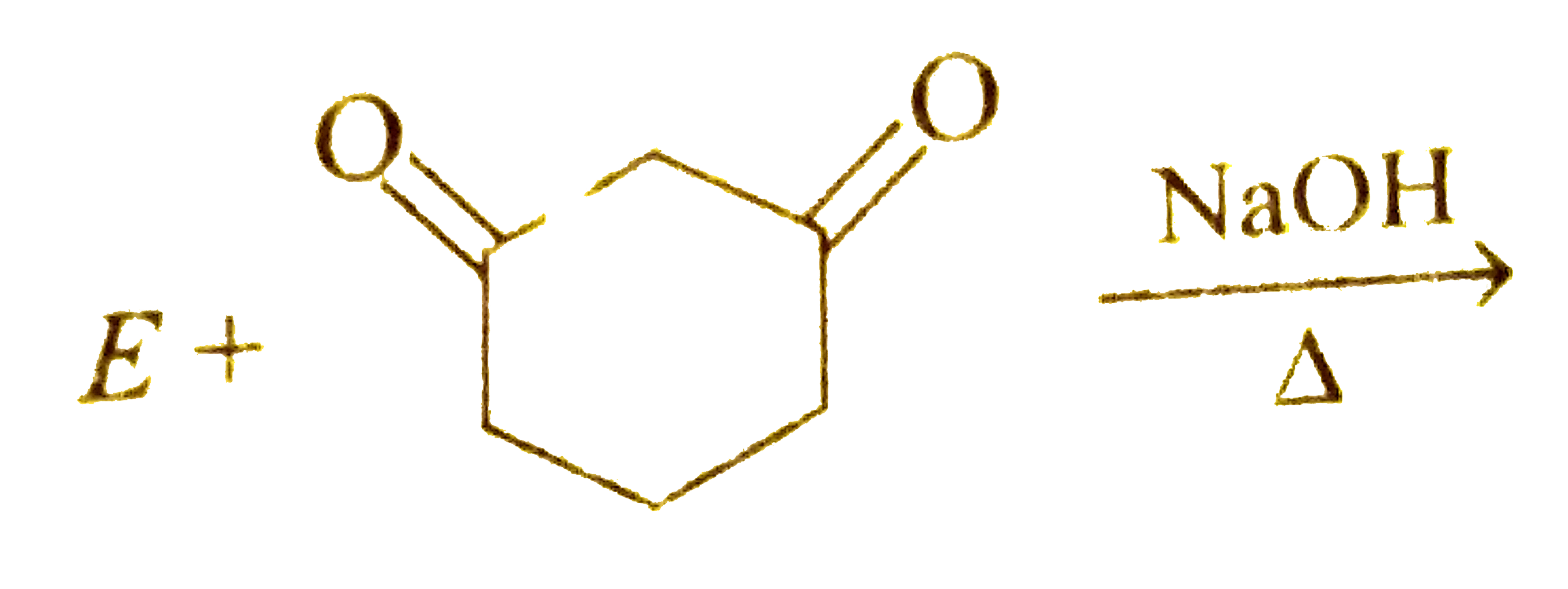 A
A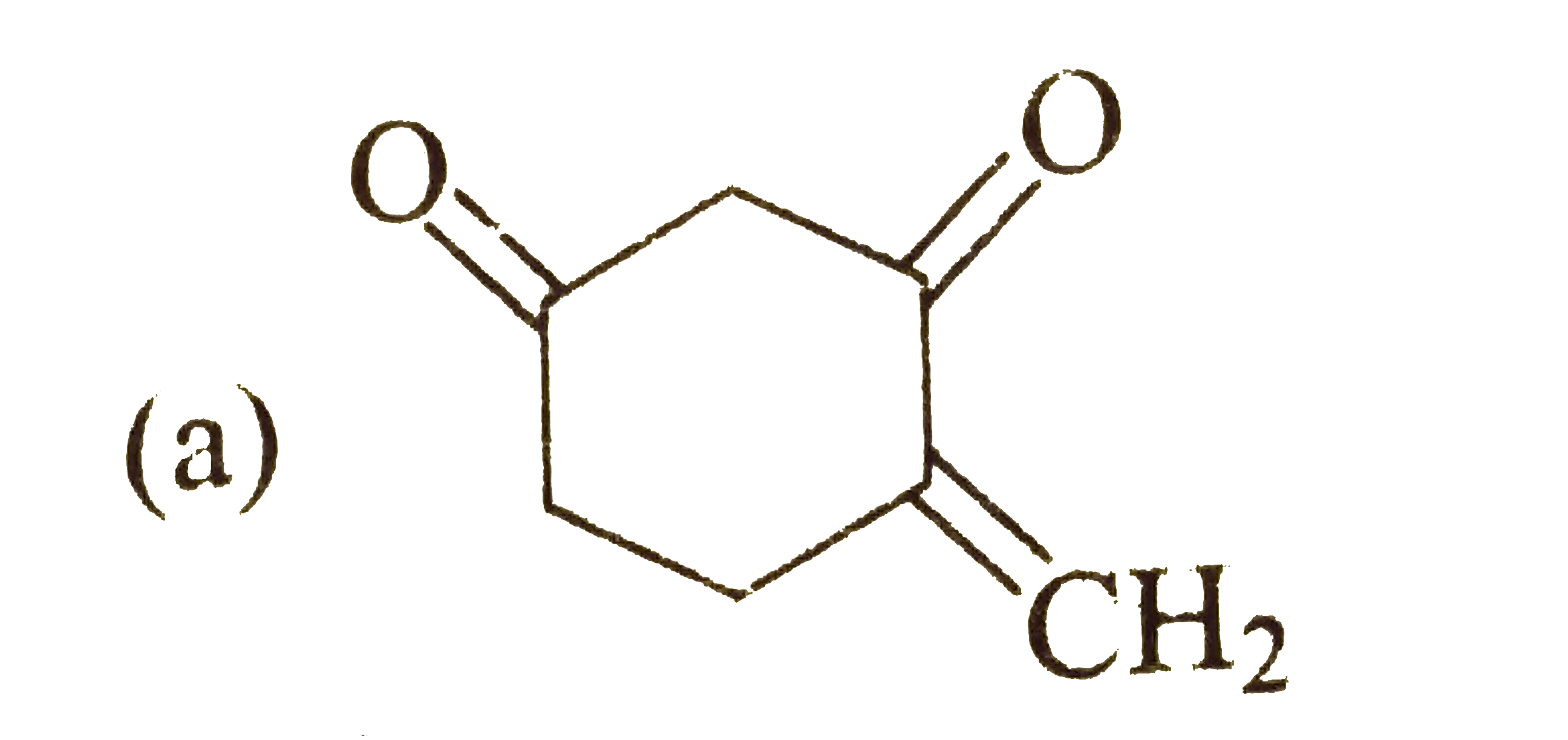 B
B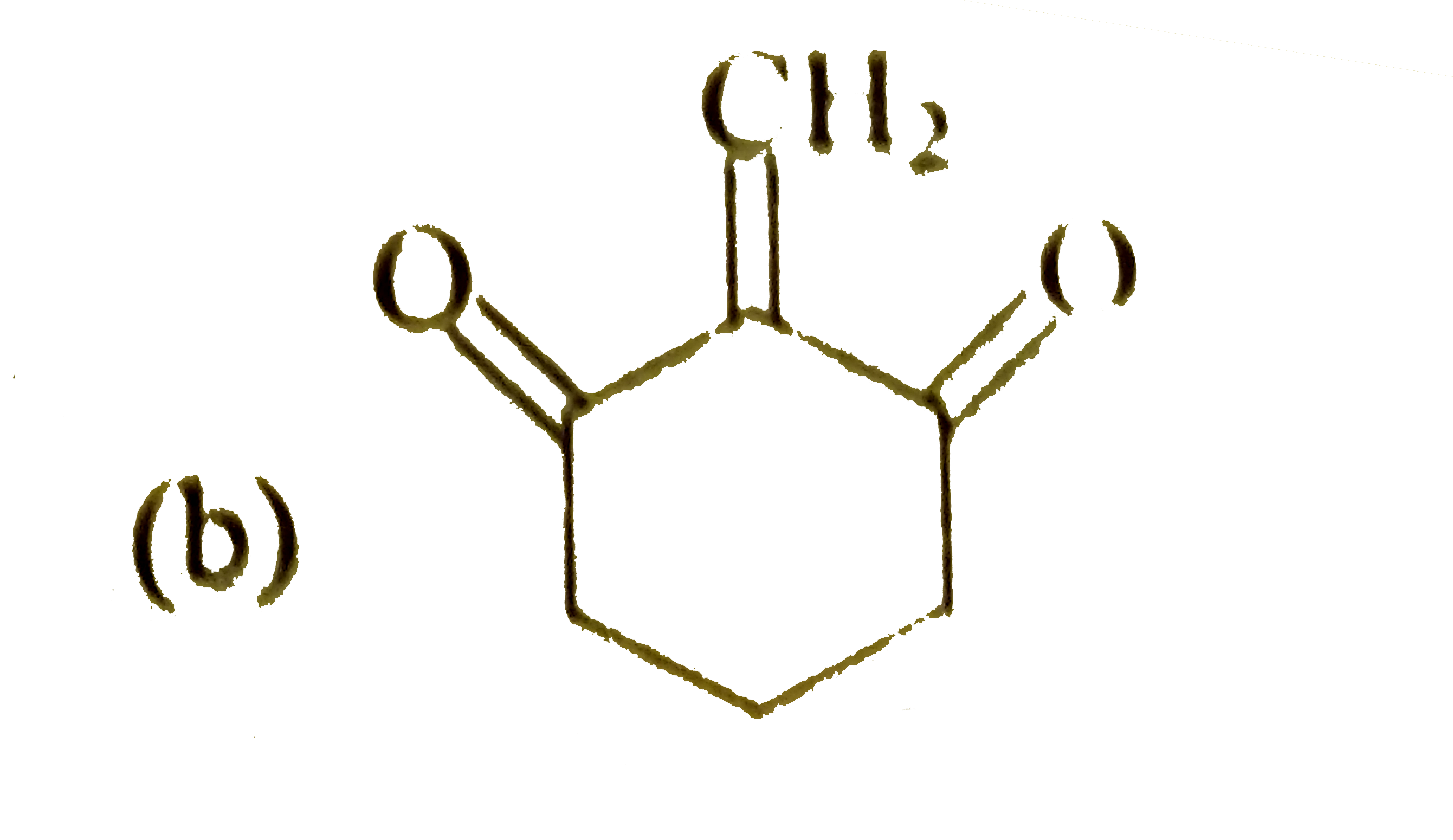 C
C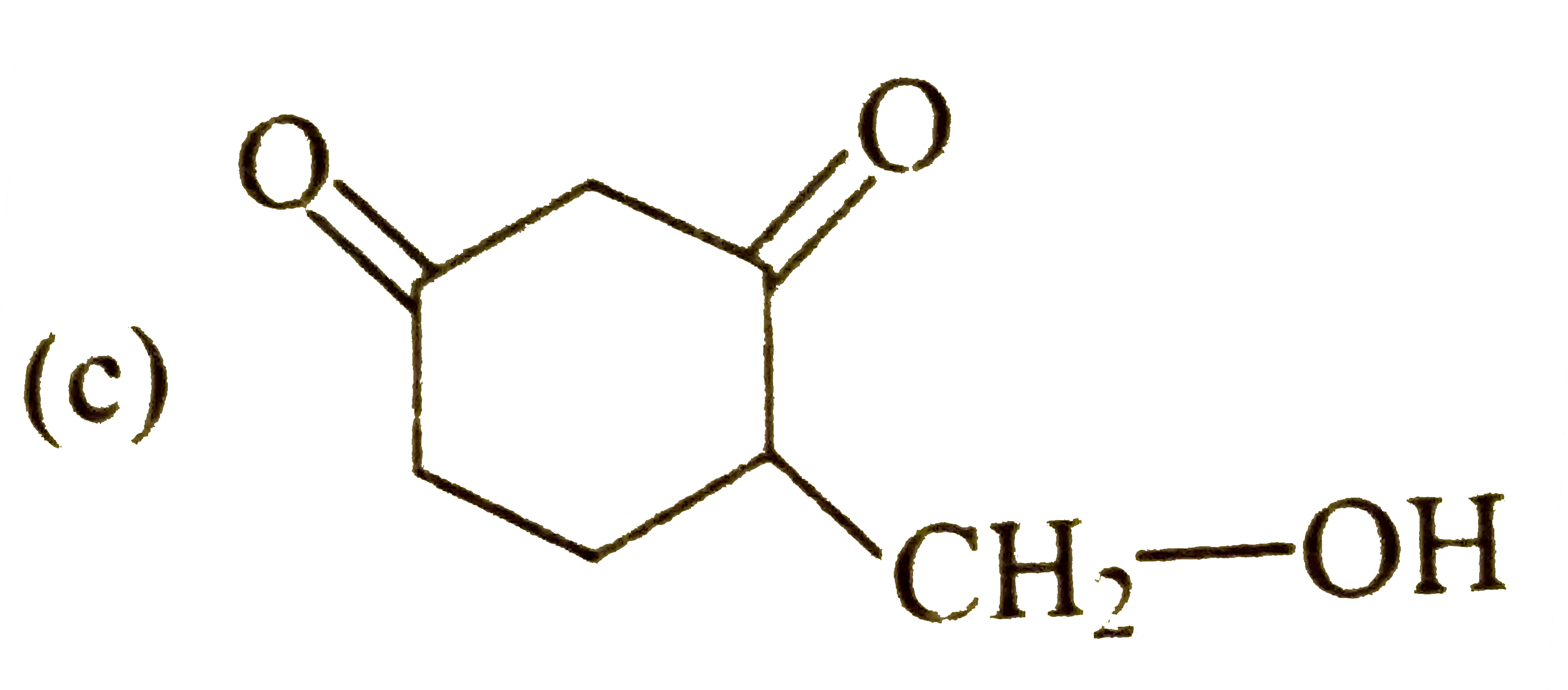 D
D
An organic compound (A) C5H10O2 reacts with Br2 in presence of phosphorus to give (B). Compound (B) contains an asymmetric carbon atom and yields (C) on dehydrobromination compound (C) does not show geometrical isomerism and on decarboxylation gives an alkene (D) which on ozonolysis gives E and F. Compound (E) gives positive Schiff test but (F) does not.
Find out structure of D :A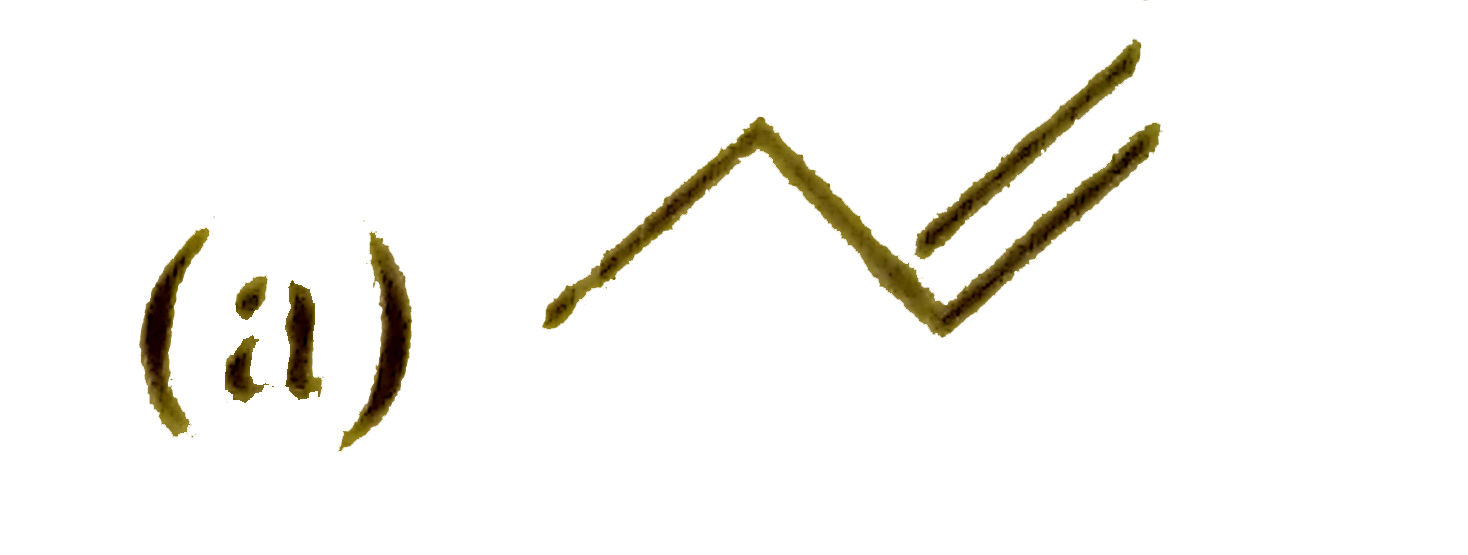 B
B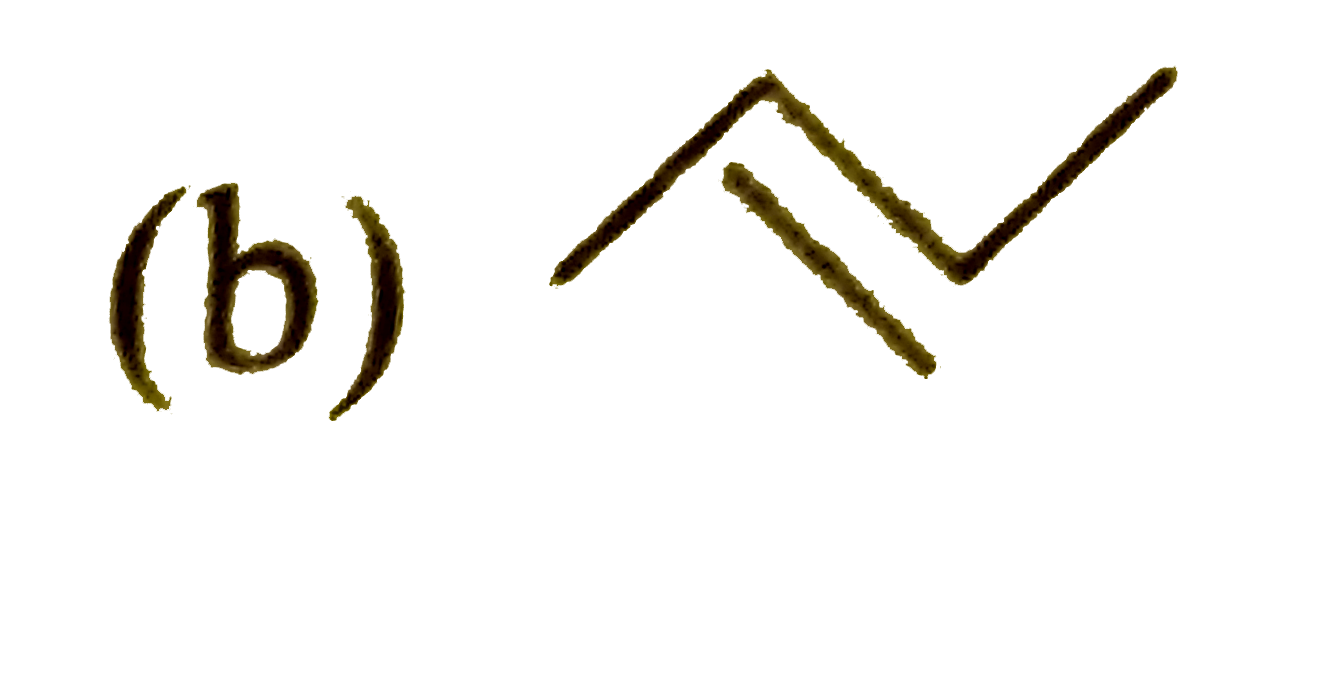 C
C D
D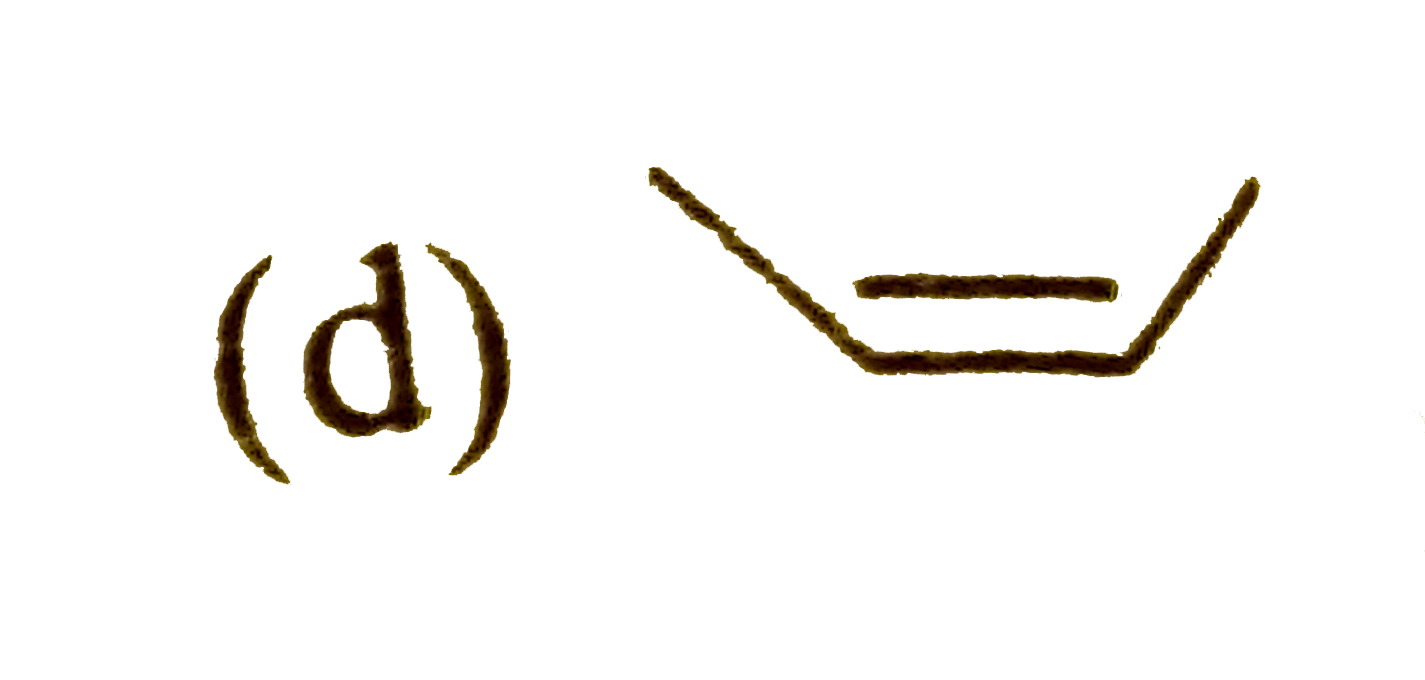
An organic compound (A) C5H10O2 reacts with Br2 in presence of phosphorus to give (B). Compound (B) contains an asymmetric carbon atom and yields (C) on dehydrobromination. Compound (C) does not show geometrical isomerism and on decarboxylation gives an alkene (D) which on ozonolysis gives E and F. Compound (E) gives positive Schiff test but (F) does not.
 A
A B
B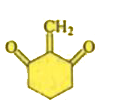 C
C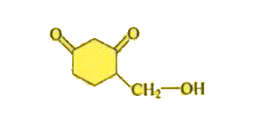 D
D
An organic acid (A), C5H10O2 reacts with Br2 in the presence of phosphorus to give (B). Compound (B) contains an asymmetric carbon atom and yields (C ) on dehydrbomination. Compound (C ) does not show geometric isomerism and on decarboxylation gives on alkene (D) which on ozonolysis gives (E) and (F). Compound (E) gives a positive Schiff's test but (F) does not. Give the structures of (A) to (F) with reasons.
View SolutionAn organic acid (A) (C5H10O2) reacts with Br2 in presence of phosphorus to give (B). Compound (B) contains an asymmetric carbon atom and yields (C). On dehydrohalogention, compound (C) does not show geometric isomersim and on decarboxylation gives an alkene (D) which on ozonlysis isomerism and on decarboxylation gives an alkene (D) which on ozonolysis give (E) and (F). Compound (E) gives a positive Schiff's test but (F) doesn 't. Give structures of (A) to (F) with reasons.
View SolutionAn organic compound (A) C5H10O2 reacts with Br2 in presence of phosphorus to give (B). Compound (B) contains an asymmetric carbon atom and yields (C) on dehydrobromination compound (C) does not show geometrical isomerism and on decarboxylation gives an alkene (D) which on ozonolysis gives E and F. Compound (E) gives positive Schiff test but (F) does not.
Identify correct structure of A:
View SolutionAn organic compound (A) C5H10O2 reacts with Br2 in presence of phosphorus to give (B). Compound (B) contains an asymmetric carbon atom and yields (C) on dehydrobromination. Compound (C) does not show geometrical isomerism and on decarboxylation gives an alkene (D) which on ozonolysis gives E and F. Compound (E) gives positive Schiff test but (F) does not.
Find out structure of D:
View SolutionAn organic compound (A) C5H10O2 reacts with Br2 in presence of phosphorus to give (B). Compound (B) contains an asymmetric carbon atom and yields (C) on dehydrobromination. Compound (C) does not show geometrical isomerism and on decarboxylation gives an alkene (D) which on ozonolysis gives E and F. Compound (E) gives positive Schiff test but (F) does not.
Identify correct structure of A:
View Solution
